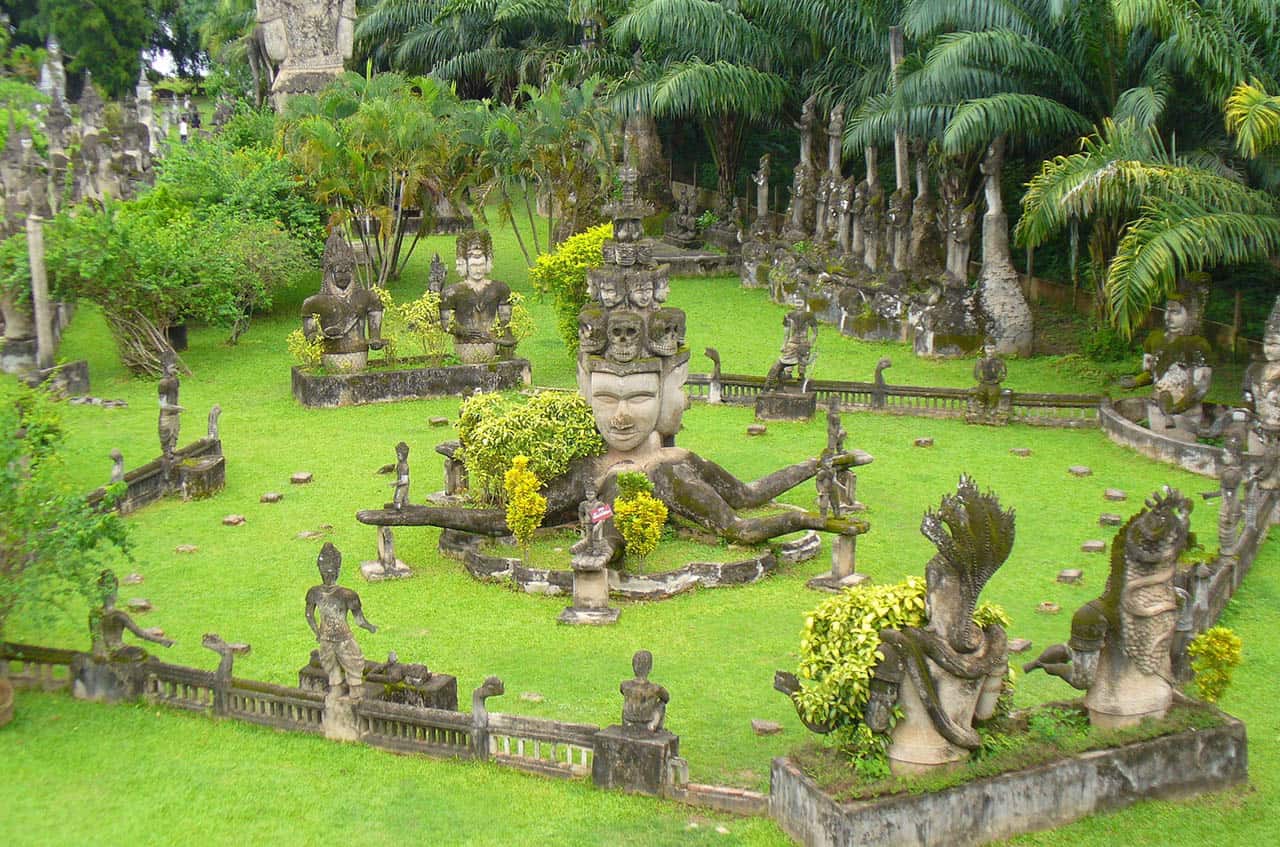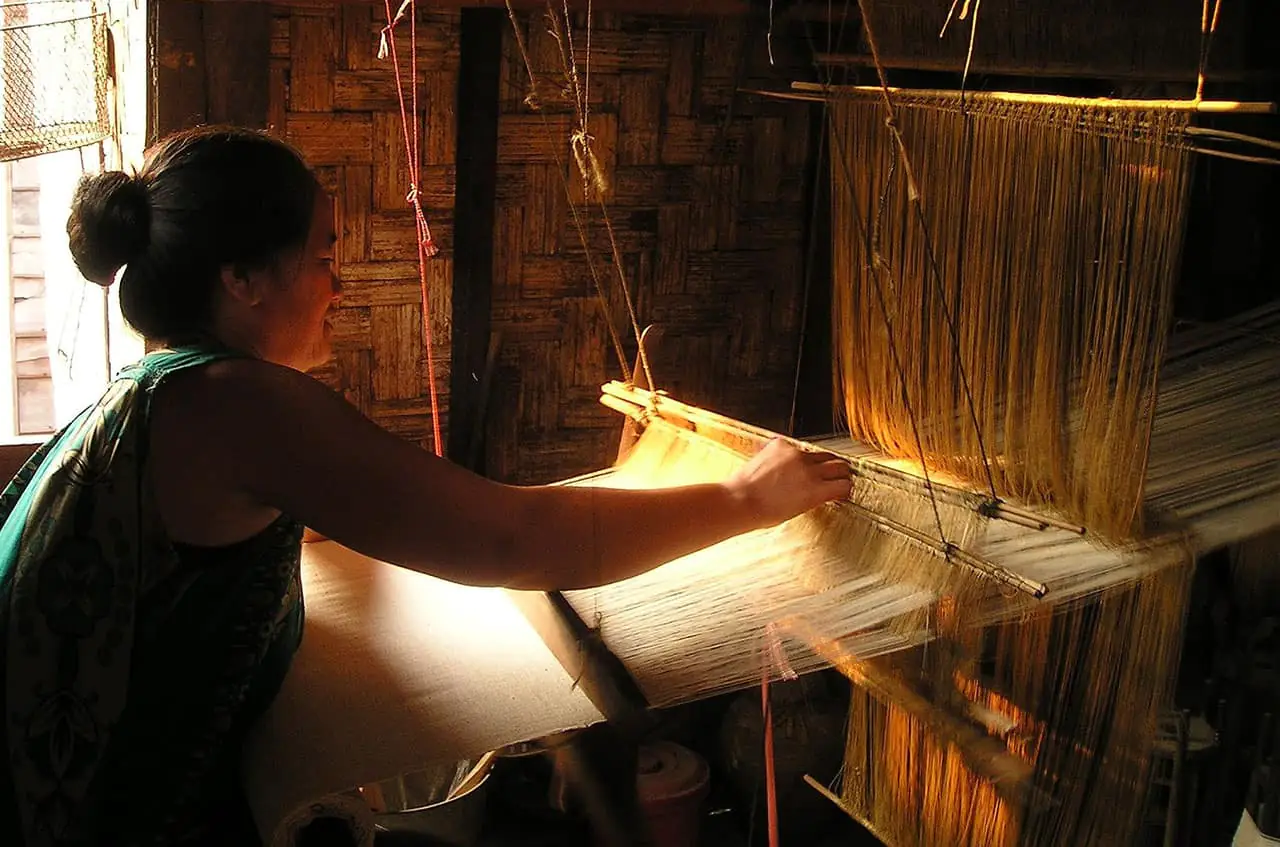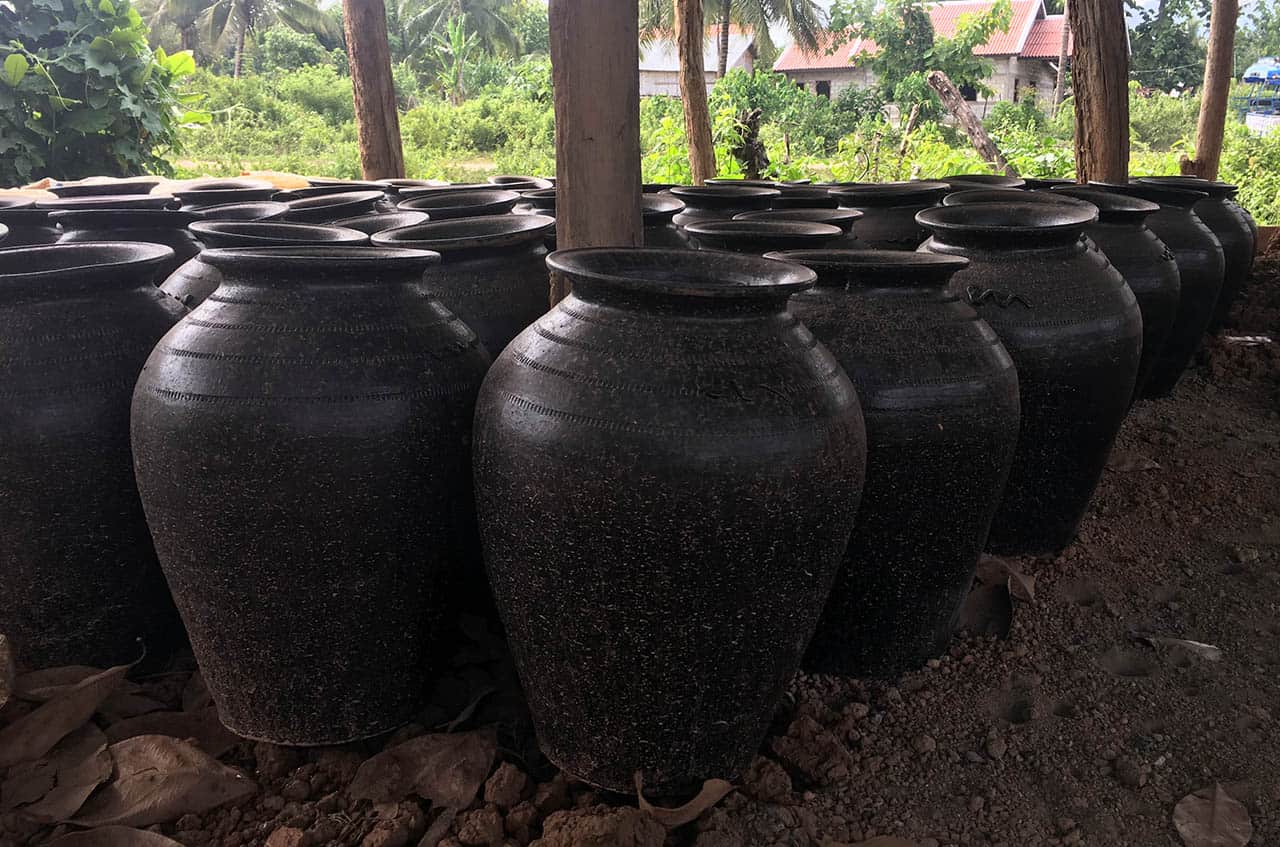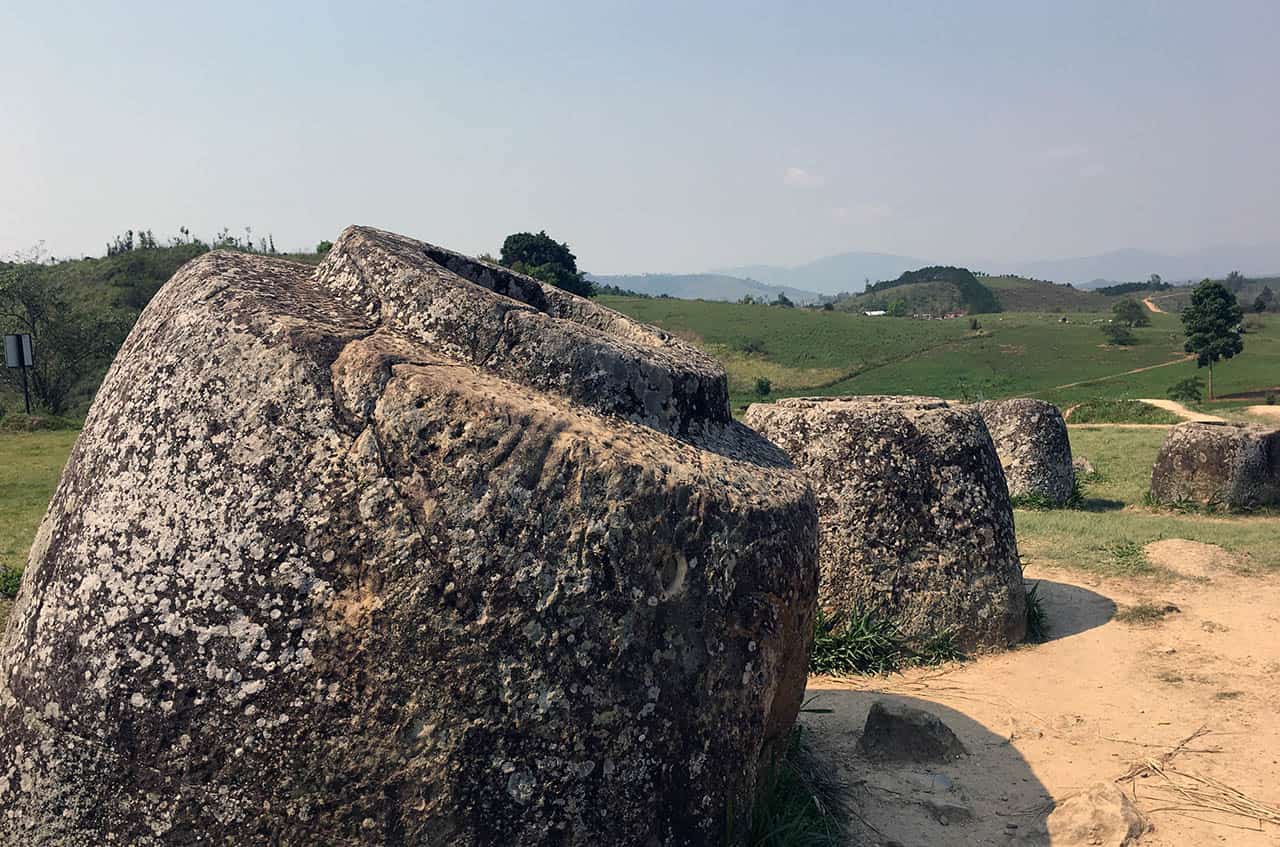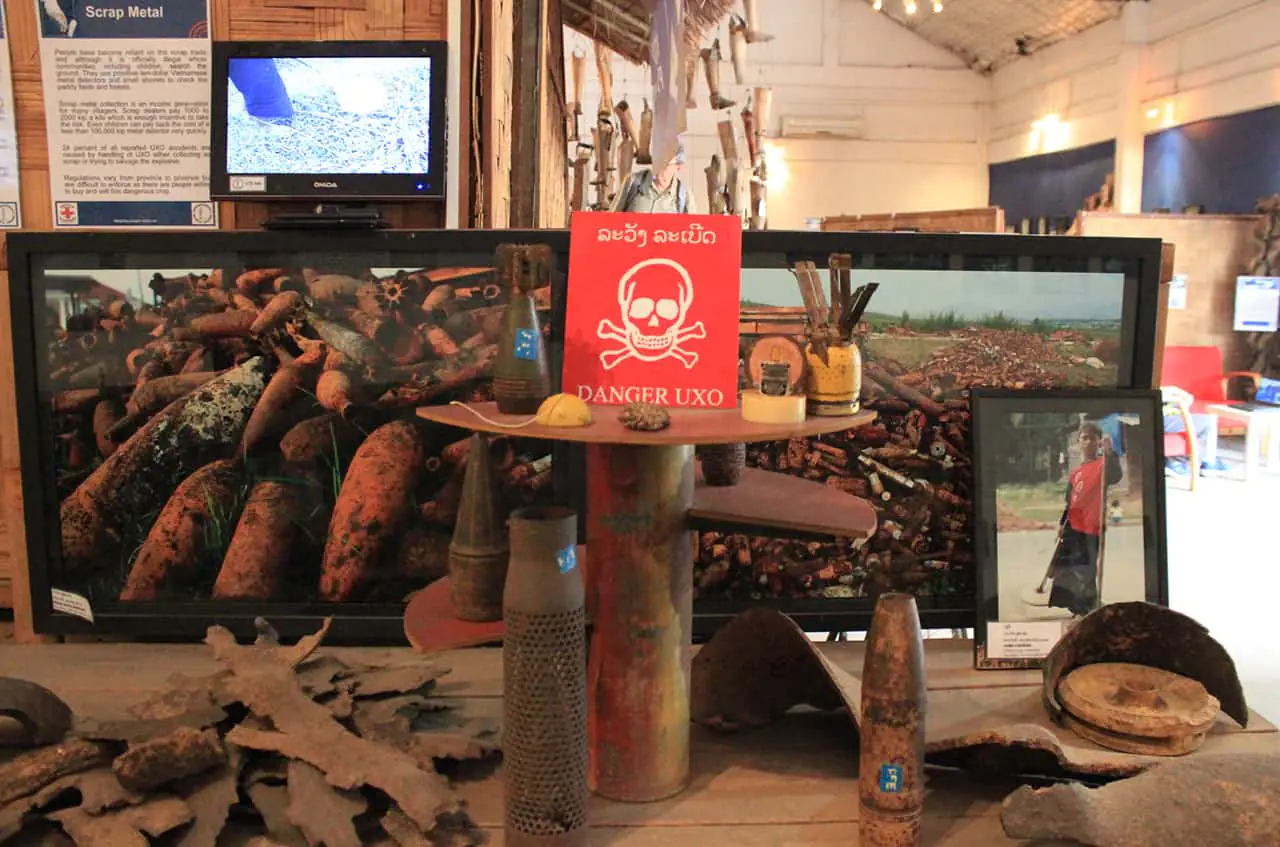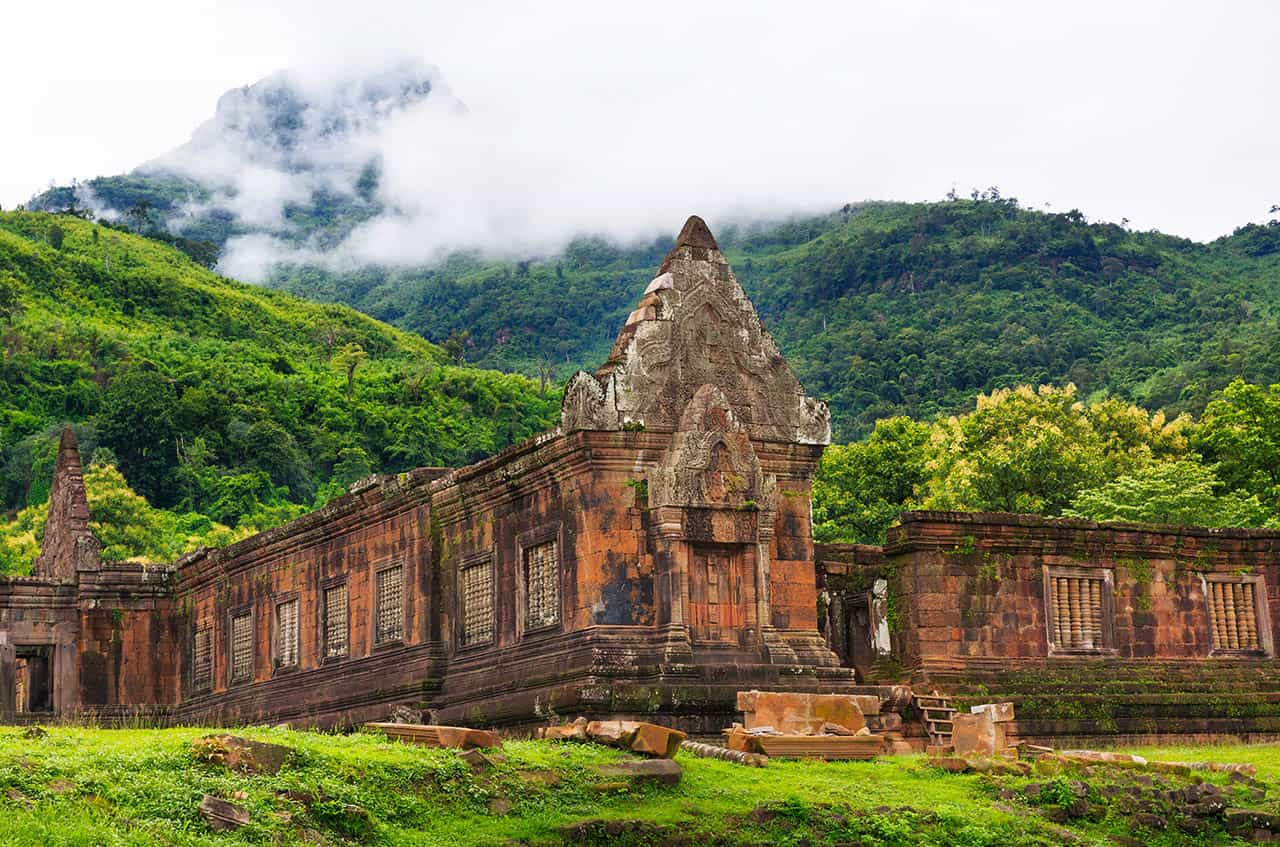Begin your full day cultural tour with a visit to Wat Saket and the Golden Mount. Originally dating back to the Ayutthaya era of the 18th century, the complex consists of an artificial mound (The Golden Mount) housing a chedi (Buddhist stupa): Wat Saket, on its top. Climb The Golden Mount, built under the reign of King Rama V, passing by Buddhist bells, Buddha images and the Sri Maha Bodhi Tree, long associated with Hinduism and Buddhism. In Wat Saket, see the golden statue of Buddha and admire spectacular views over Bangkok. Return back to the bottom of the Golden Mount, passing by the ‘Vultures of Wat Saket’, a reminder of a time when vultures would devour the remains of cholera victims in the 19th century.
Next, enjoy a visit to the Monk’s Alms Bowl Village, just south of Wat Saket. Here, you will visit a shop where the family have made alms bowls for centuries. The Alms Bowls have long been associated with Buddhist tradition and are used by Buddhist monks to collect food and other donations (alms) as part of the religious tradition. Here, you will see alms bowls in certain stages of production and have the opportunity to see artisans working on the manufacturing of these important tools.
Enjoy lunch in a local restaurant where you will enjoy three courses of local Thai cuisine.
Discover the heart of Bangkok on this half day tour of Rattanakosin Island, located in the centre of Bangkok. Begin your tour with a visit to Wat Pho, a Buddhist temple complex which holds the status of ‘Royal Monastery’ (Wat Luang), due to its proximity to the Grand Palace and its importance in Thai-Buddhist culture. Wat Pho has existed since the late 17th-century, prior to Bangkok becoming the capital of Thailand. Under the reign of King Rama I (1782-1809), rebuilt the temple to what we see today. The most famous resident of Wat Pho is the Reclining Buddha, a 46-metre long reclining-positioned Buddha, a position representing Buddha’s entry in to Nirvana. The Buddha’s exposed feet are separated in to 108-panels depicting auspicious Buddhist symbols, including: elephants, flowers, traditional dancers and tigers. The Buddha is surrounded by 108 bronze bowl which, like the Buddha’s feet, represent the auspicious characters of Buddhism. During your visit, you can purchase coins to drop meditatively in to the bowls, said to bring good fortune and support the upkeep of the complex by the monks who reside here.
Wat Pho is also home to a number of chedis, scattered throughout the complex, a scripture hall, a library, guarded by the Wat Pho Giant’s statues and many other Buddhist shrines and halls. The complex is known for its connection with massage and has been a school for traditional massage since the 1950s. There is a massage service centre on site where there is opportunity to have a massage (at an additional cost).
Next, we will continue by foot to The Grand Palace, a complex of royal and religious buildings which has been the official residence of the Kings of Thailand since 1782. The King, his government and his court resided in The Grand Palace from 1782 until 1925. The palace today is used for ceremonial purposes and for state visits and has become a major architectural symbol of Thailand.
Begin your exploration of the complex with a visit to the Temple of the Emerald Buddha (Wat Phra Kaew). Regarded as the most important Buddhist sites in Thailand, the Emerald Buddha is 66cm in height and sits in a state of meditation. Depending on the season, the Emerald Buddha is ordained in three different outfits: one for the summer season, one for the rainy season and one for the winter season. Behind the Emerald Buddha, you will see a mural depicting Buddhist cosmology and in front of the Buddha, guests are welcomed to meditate, pray or contemplate in the shadow of the buddha.
Enjoy a visit to Chakri Maha Prasat Hall, the most striking of the buildings in the complex. This building was a royal residence and is known for its European architectural style, designed by British architect, John Clunish, mixed with its Thai-style roof. Within the building, guests can see a gallery for ancient weapons used in Thailand as well as see the many reception and living rooms of former Kings and Queens of Thailand. Also visit Dusit Maha Prasat Hall, a beautiful grand-spired hall where Kings, Queens and members of the Royal Family lie in state.
During your visit of The Grand Palace complex, there are myriad of other items to visit including: a number of Phra (temples), a model of Angkor Wat in Siem Reap, Cambodia, and a number of unique statues, including: The Demon Guardians who mainly guard the Emerald Buddha from demon spirits; and ‘the hermit figure’, a commemoration to traditional Thai medicine.
Next, take a longboat tour across the Chao Phraya River to visit Wat Arun //
One of Bangkok’s most iconic sights, Wat Arun is a must-see visit. Wat Arun is a Buddhist temple which sits on the banks of the Chao Phraya River. The word ‘Arun’ is named after the Hindu God Aruna who is often associated with the rising sun, giving Wat Arun the nickname ‘Temple of Dawn’. Dating back to the Ayutthaya period, Wat Arun pre-dates Bangkok being founded as a city and was originally known as Wat Makok. Wat Arun was the previous royal residence of the King of Thailand and previously housed the Emerald Buddha before it was moved to the Grand Palace complex in the 18th century.
Despite being the site of a Buddhist temple since the 17th century, Wat Arun as we see today was said to be designed under the reign of King Rama II. During your visit, enjoy a climb up and down around the main prang (tower) of Wat Arun, noticeable for its Khmer styles. Surrounding the main prang you will see intricately designed giant pagodas which showcase Thai craftsmanship. On site, you will also see ancient Chinese warrior sculptures which guard the main prang, and the Ordination Hall, the holiest site at Wat Arun and home to the dazzling Golden Niramitr Buddha statue.
Not only does Wat Arun provide a plethora of items to see, it also offers enviable vistas across the Chao Phraya River to the Grand Palace and Wat Pho. You will also be able to enjoy a spectacular sunset as Bangkok turns from day to night, the perfect way to end your tour.
Notes:
There are 340 steps to reach Wat Saket. If you would prefer not to visit the top of the Golden Mound, there are places to buy snacks and coffee at the bottom of the mound.
There are strict dress codes when visiting Wat Pho, The Grand Palace and Wat Arun. Guests are to be covered up and not wear tight or torn clothing.
Wat Pho and The Grand Palace are no-drone zones
BANGKOK’S TEMPLES AND CULTURAL HERITAGE
Explore the most beautiful temples and the culture of the city of Bangkok in a full-day tour.
Highlights
- Visit Wat Saket
- Monks Alms Bowl Village
- Lunch at local restaurant
- Transfer to Wat Pho
- Wat Pho
- Transfer to The Grand Palace
- Wat Phra Kaew and Grand Palace
- Transfer by longboat to Wat Arun
- Visit Wat Arun – Sunset
Itinerary
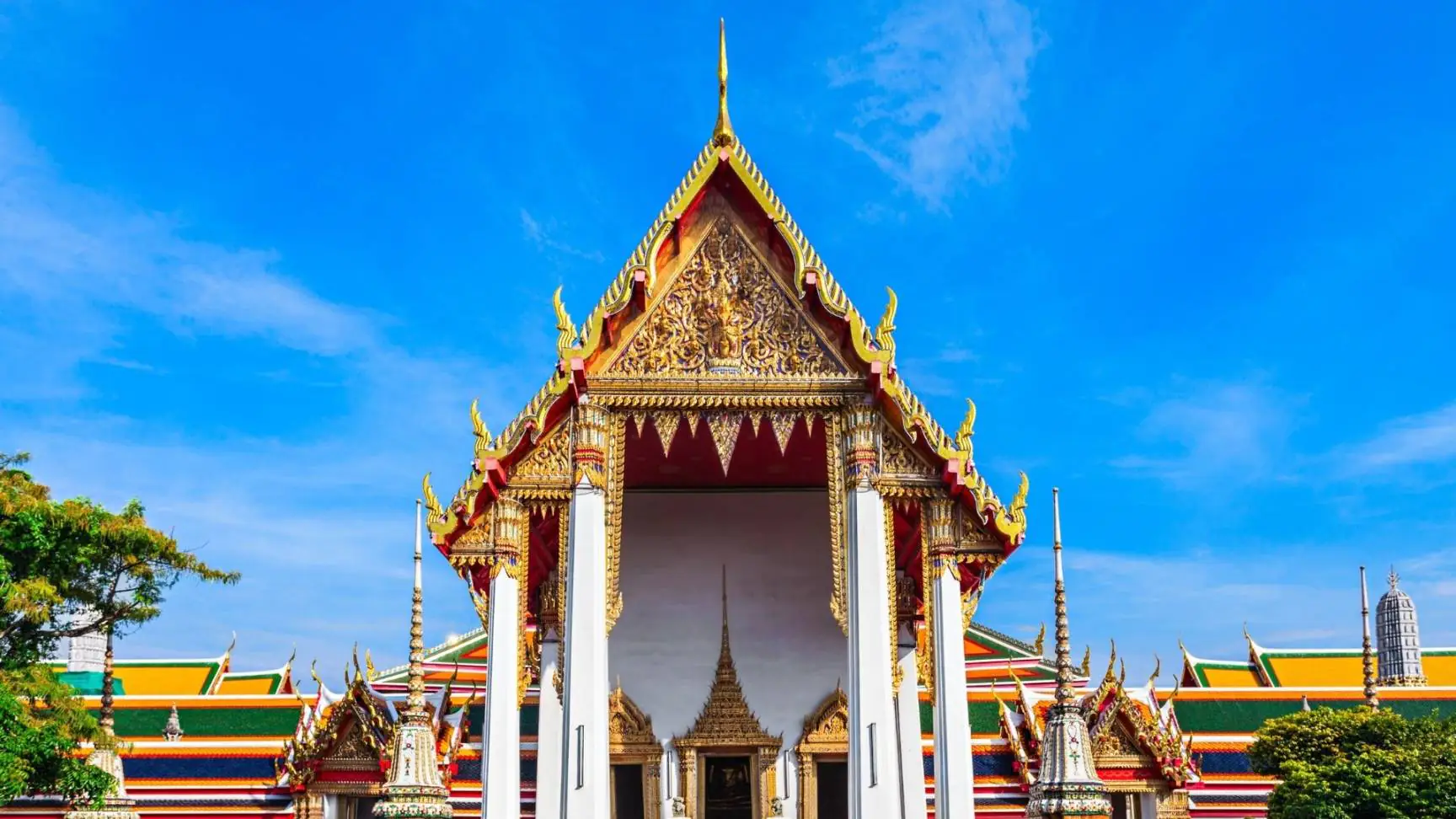
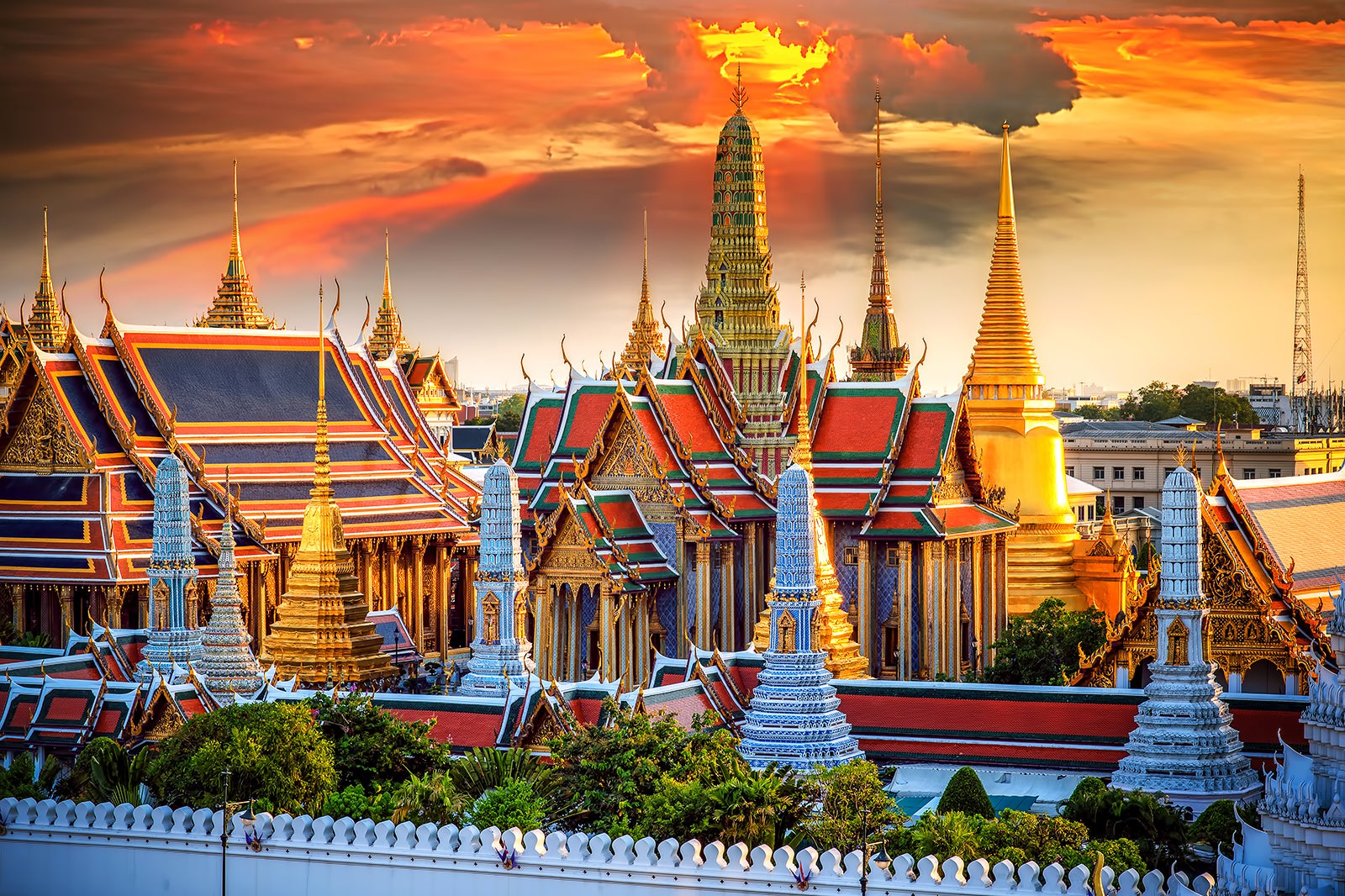
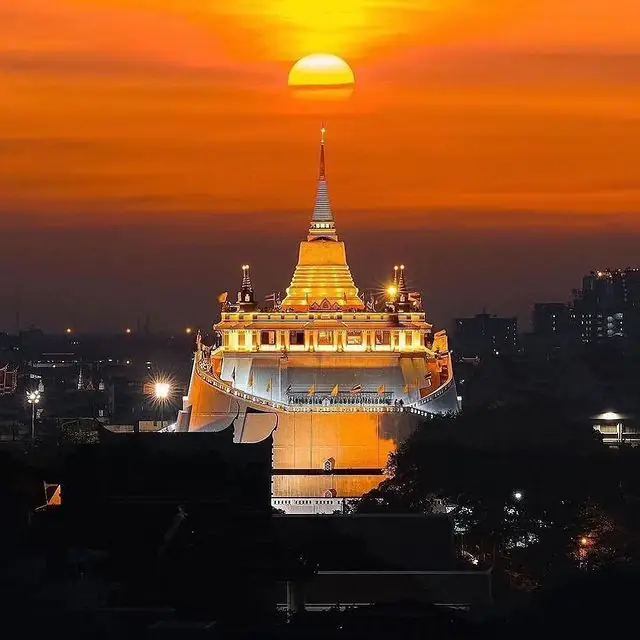
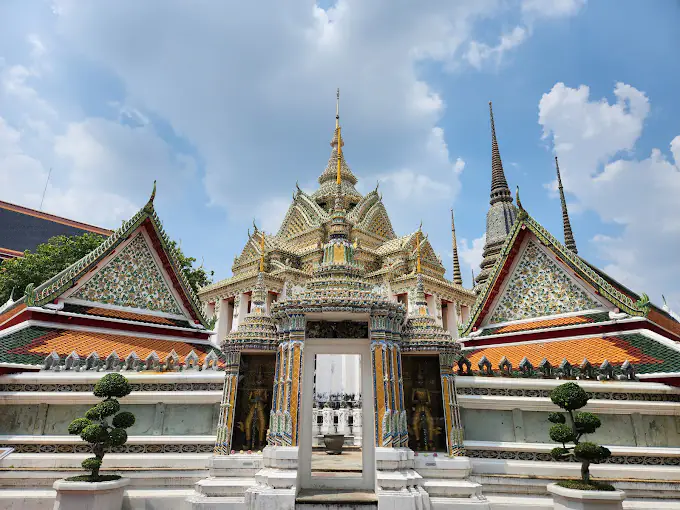
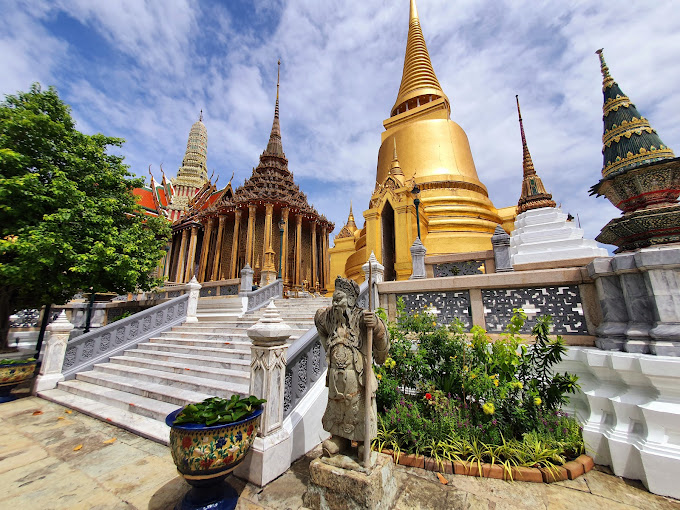
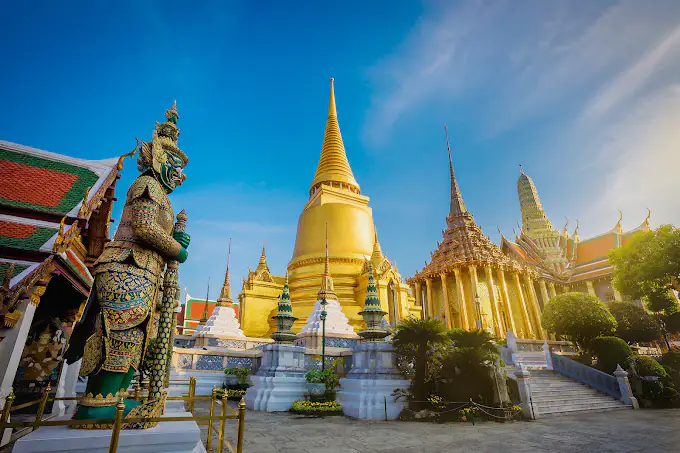
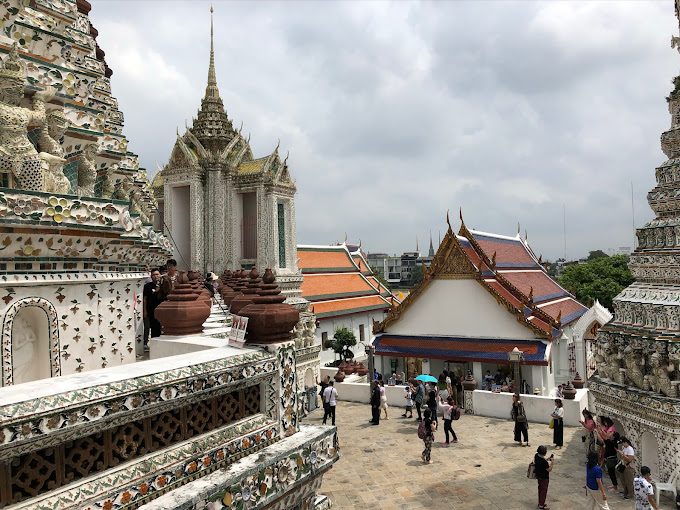
- Wonders
- Heritage
- Heritage
- Heritage
- Heritage



